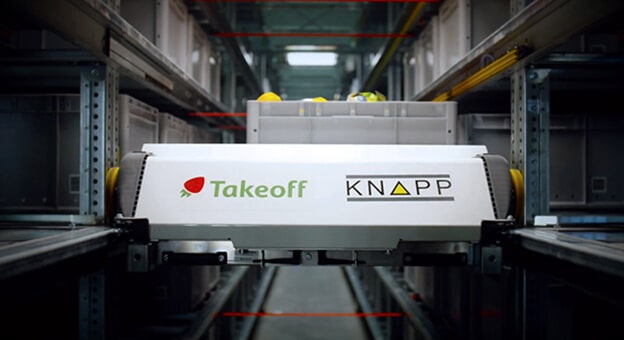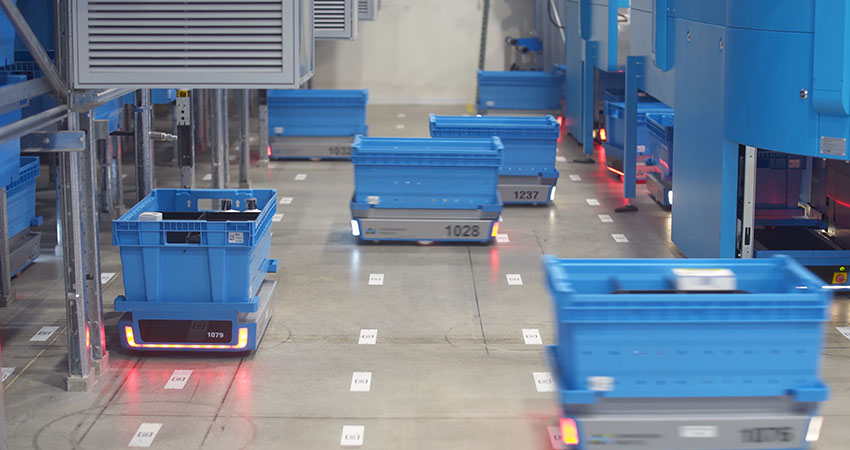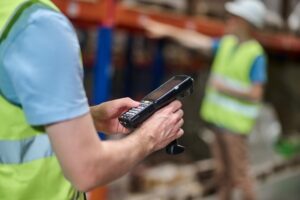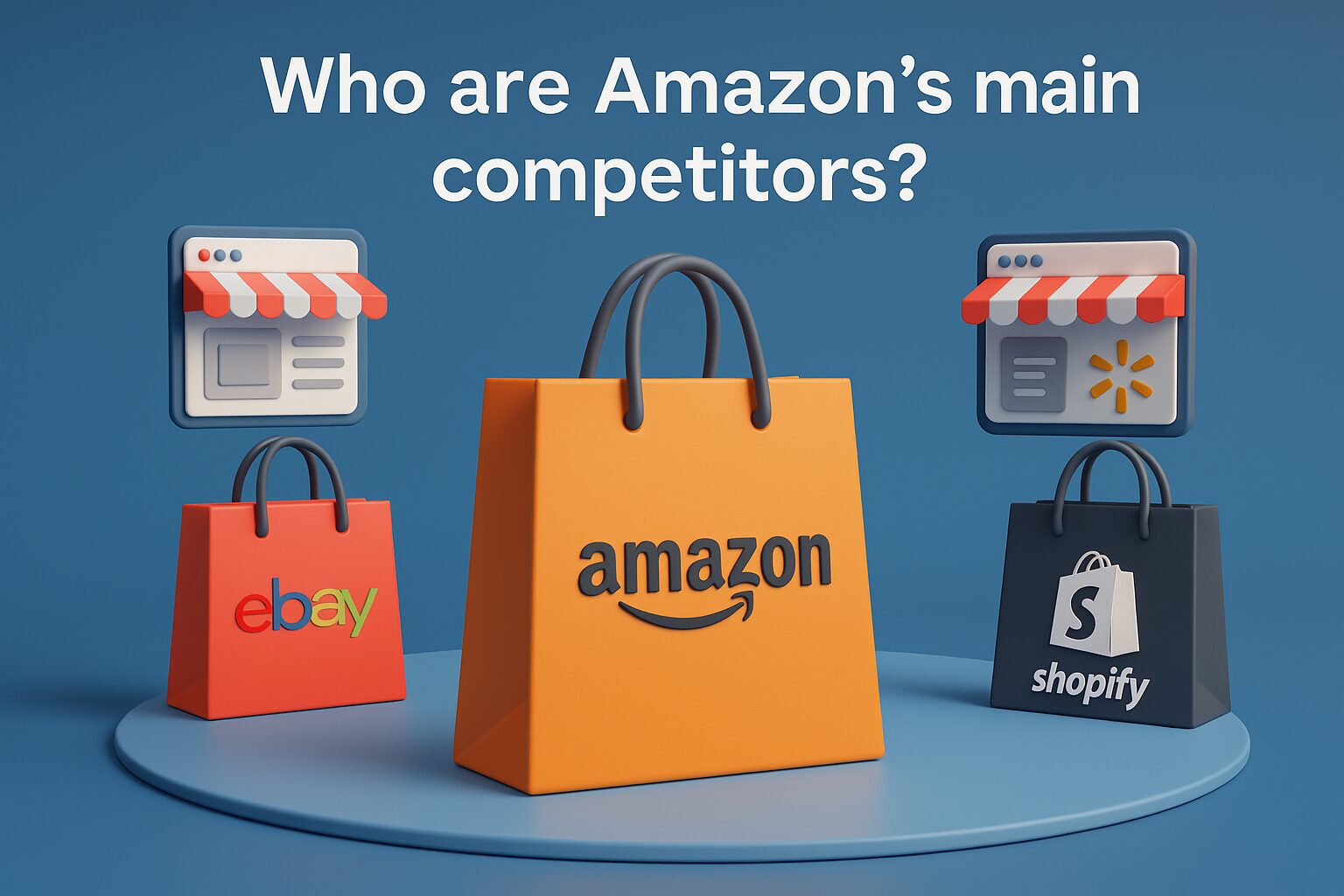Table of Contents
The push to automate the warehouses was in full force before the Covid-19 but global pandemic forced the companies to change their strategy w.r.t warehouse automation from “good to have” category to “must to have” if they have to sustain in this industry.
$30B Market by 2026
Year 2020 and COVID-19 pandemic along with lots of uncertainty has put a bigger spotlight on the use of automation in warehouses worldwide. Whether they’re adapting to new social distancing rules, under pressure to distribute a higher volume of essential goods, struggling to meet same day delivery or trying to add more remote work capabilities. As per LogisticsIQ’s latest post-pandemic market research study, Warehouse Automation Market will reach the milestone of $30B by 2026, at a CAGR of ~14% between 2020 and 2026.

4 Emerging Trends
Post COVID-19, most important and emerging trends have been:
- eGrocery growth,
- Micro-Fulfillment Centers,
- Urban Warehouses and
- Automated cold storages.
Huge investment for start-ups like Takeoff technologies ($86M+), Fabric ($136M+), Attabotics ($82M+), Exotec Solutions ($111M+) and Alert Innovation are witnessing this growth along with presence of existing players like Dematic, Swisslog, Knapp, Opex Corporation, Muratec, AutoStore, Honeywell Intelligrated and Toyota Industries. Retailers such as Walmart, Kroger, Woolworth, Amazon, Ocado, Meijer, H-E-B, Albertsons, and Ahold Delhaize have already started adopting and implementing these new technologies during pandemic. Apart this, piece picking players like Berkshire Grey, Righthand Robotics, Kindred AI, Covariant, OSARO, Plus One Robotics, XYZ Robotics have established a new attractive capability for order picking in ecommerce fulfillment.
US leads the way, emerging markets in South East Asia
Among all regions, US has been the key region to target having more than $4B market size in 2019 with a growth rate of 12% in next 5 years. Germany is the traditional hub in Europe apart having ~35% market share in the region apart from some attractive markets like UK, Nordic region and France. It is expected that next wave of opportunity is going to be originated from South East Asia, India & Australia which are the key market in APAC after China, Japan and South Korea. This group (SEA) of 10 countries is leading the adoption of robotics automation to match the GDP growth of around 5% but pandemic has put down this growth in short term.
AGV/AMR market grows at 32% CAGR
AGV(Automated Guided Vehicles)/AMR(Autonomous Mobile Robot) market is expected to cross $5B mark by 2026 with a CAGR of ~32%. AMR (without any external support of optical tape, sensor or vision) is going to be main contributor in retail warehouses due to high demand in e-commerce sector and its flexibility to deploy the robot without any major change in the existing warehouse infrastructure. However, it is a bit slow in terms of pick rate per hour as compared to ASRS but is preferred in small and medium warehouses due to lower cost and quick deployment. It is expected that AGVs/AMRs are going to have more than 18% market share by 2026 in overall warehouse automation market led by AMR players like Geek+, Grey Orange, HikRobot, Locus Robotics, Fetch Robotics, Shopify (6 River Systems), Teradyne (MiR, AutoGuide Mobile Robots), Quicktron etc.
Automation for eGrocery is a $5B opportunity
The Grocery industry is one of the most challenging and attractive industries from a logistics perspective. Grocery distributors ship high cubic volumes of merchandise to retail stores with frequent deliveries to ensure product freshness. Grocery distribution center operations are amongst the most labour intensive of any industry. Higher automation driven by online grocery, micro-fulfillment centers and COVID-19 is going to be biggest opportunity in next 2-3 years led by cube ASRS, Delivery Robots and Micro-Fulfillment players such as AutoStore, Takeoff Technologies, Exotec, Fabric, Attabotics, Dematic, Nuro, Tele Retail, KiwiBot, Robby Technologies, and Starship. Automation for eGRocery is going to witness an opportunity worth ~$5B by 2026 with ~18% growth rate. Kroger has already partnered with Ocado to bring its stores and supply chain to deliver best-in-class service to its customers. The first phase of the plan involves building 20 automated customer fulfillment centers across the United States to modernize and streamline operations.












